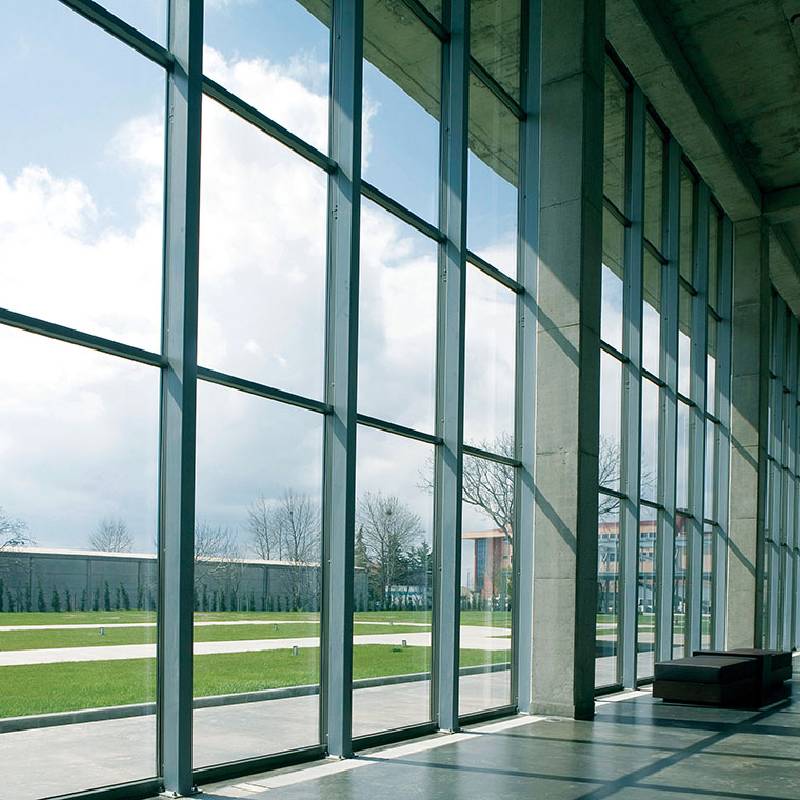

Exploring the Benefits of Beveled Low-E Glass An Architectural Marvel
In the realm of modern architecture and building design, glass has become an essential material that not only enhances aesthetic appeal but also improves energy efficiency. Among the various types of glass available, beveled low-emissivity (low-E) glass stands out for its unique combination of beauty and functionality. This article explores the characteristics, advantages, and applications of beveled low-E glass, making it an intriguing choice for contemporary architecture.
Understanding Beveled Low-E Glass
Beveled low-E glass is a specialized type of glass that includes a low-emissivity coating applied to one side of the pane. This coating is designed to reflect heat, reducing the amount of infrared and ultraviolet light that can pass through the glass. Additionally, the beveling process adds a decorative edge to the glass panel, enhancing its visual appeal. Beveled edges create a sophisticated look, allowing light to refract beautifully within a room, which can elevate the overall ambiance of both residential and commercial spaces.
Energy Efficiency
One of the primary benefits of low-E glass is its outstanding energy efficiency. Traditional glass windows can result in significant energy loss, as they allow heat to escape in the winter and increase temperatures inside during the summer. This reliance on heating and cooling systems drives up energy costs and can lead to an increased carbon footprint. By contrast, beveled low-E glass minimizes heat transfer, helping to maintain a consistent indoor temperature year-round. This not only lowers energy bills but also contributes to a more sustainable environment by reducing reliance on fossil fuels.
UV Protection
Another significant advantage of beveled low-E glass is its ability to block harmful ultraviolet (UV) rays emitted from the sun. Prolonged exposure to UV radiation can lead to fading of furniture, flooring, and artwork. By incorporating low-E glass into your architectural design, you can protect your interior spaces from the damaging effects of UV rays while also preserving the vibrancy of your furnishings. This feature is especially important in homes, galleries, and retail spaces where the preservation of aesthetic value is a priority.

Noise Reduction
Apart from energy efficiency and UV protection, beveled low-E glass also provides an added layer of sound insulation. The thickness of the glass, combined with the low-E coating, can significantly reduce the amount of external noise that penetrates indoor spaces. This makes it an excellent choice for urban environments, where noise pollution can be a persistent issue. Homes and offices that incorporate this type of glass are more likely to be peaceful refuges, allowing occupants to concentrate and relax without the distractions of the outside world.
Aesthetic Appeal
The aesthetic benefits of beveled low-E glass cannot be overlooked. The beveling process creates distinctive edges that catch and reflect light in unique ways, adding a touch of elegance and sophistication to any structure. Beveled glass can be used in a variety of applications, from windows and doors to decorative partitions and facades. It can complement various architectural styles, from modern minimalism to classic sophistication, making it a versatile choice for designers and architects alike.
Applications in Architecture
The applications of beveled low-E glass are broad and varied. In residential settings, it can be a stunning feature for window designs, allowing homeowners to benefit from natural light while maintaining energy efficiency. In commercial settings, it’s an ideal choice for storefronts or office spaces, where aesthetic appeal and energy savings are of utmost importance. Additionally, its sound insulation properties make it an excellent choice for hotels, hospitals, and educational institutions that demand quieter environments.
Conclusion
Beveled low-E glass represents a significant advancement in building materials, combining elegance with practicality. By investing in this type of glass, homeowners and architects can create spaces that are not only beautiful but also sustainable and energy-efficient. Whether used in residential settings or commercial applications, the benefits of beveled low-E glass make it a valuable addition to contemporary architectural designs, ensuring that functionality and style go hand in hand.